Do you want to grow vegetables indoors under lights? Don’t worry about space and lighting. If there is not enough space, you can still grow all vegetables indoors. Artificial lights are also a blessing for indoor vegetable gardeners these days. Therefore, it is possible to produce fresh and delicious organic vegetables all year round with the help of artificial lights. All you need to know is the best home-grown vegetables. Let’s find out more information about growing vegetables under lights.
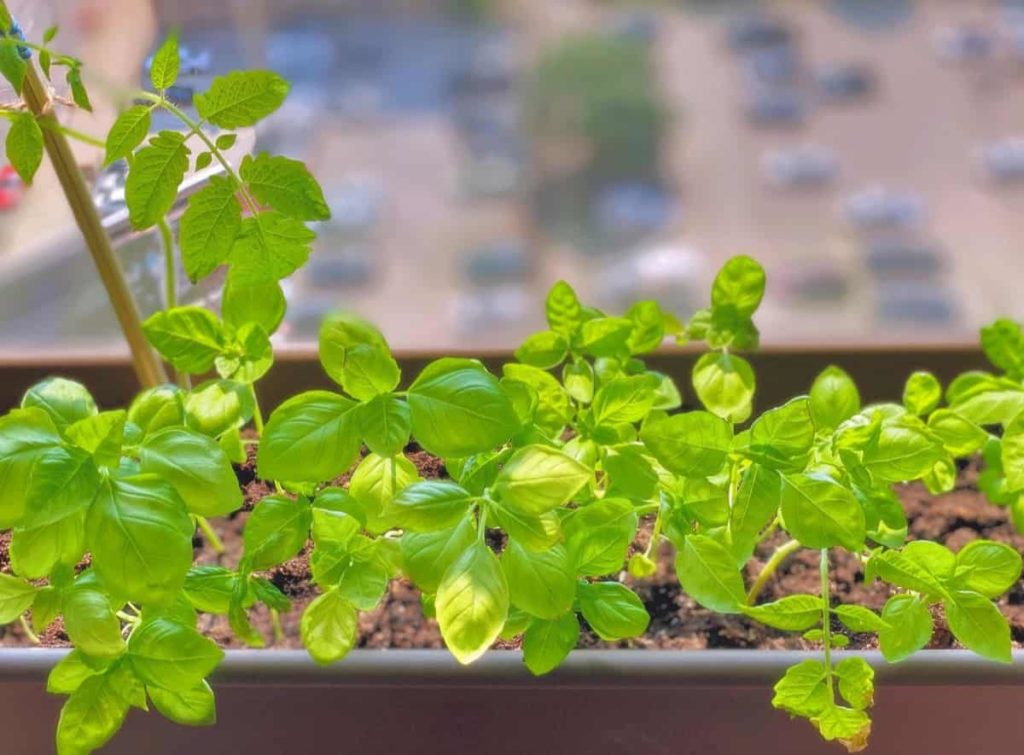
Firstly, find out if you have the space and lighting you need, and then start growing vegetables indoors. Light emerges as an essential factor in the growth of vegetables. Because it is the source of energy that does the magic of converting nutrients into food, it manifests itself in growth, flower and seed production, and of course, size. Thus, the wrong choice of light can damage the plant and even stop its growth. It would help if you did some research before you started cultivating.
Try to find the information you need to know which lighting is best for your crop. LEDs are now more efficient, cheaper, and thinner than ever. This technology is now equally accessible to professionals and hobbyists alike, and with the right growing techniques, LEDs have proven to help gardeners of all levels grow their healthy and tasty crops. However, when you grow plants indoors, giving them the right amount of light, the right intensity, at the right time, for the right cycle, at the right distance, and in the right direction is an art you will need to master.
What kind of light need for growing vegetables?
The first thing to consider is the vegetable type you have. Suppose you have sunlight or no sunlight at all. You know that vegetable plants require blue light and red light. The plant’s growth depends on how much blue and red light you will like the plants. The redder, the more flowering. You can get a “pure” color from the light source with LED lighting.
You can provide the blue and red light that vegetables need for growth and development. LEDs can provide the necessary light spectrum. It will save you energy. It is essential to consider what lamp type we are using. For example, incandescent light generates a lot of heat and can burn plants. Fluorescent lights, on the other hand, emit almost no heat. So, keep them close to the plants.
In case you missed it: How to Keep Monkeys Away from Plants, Garden, Vegetables, Fruits: Tips and Tricks
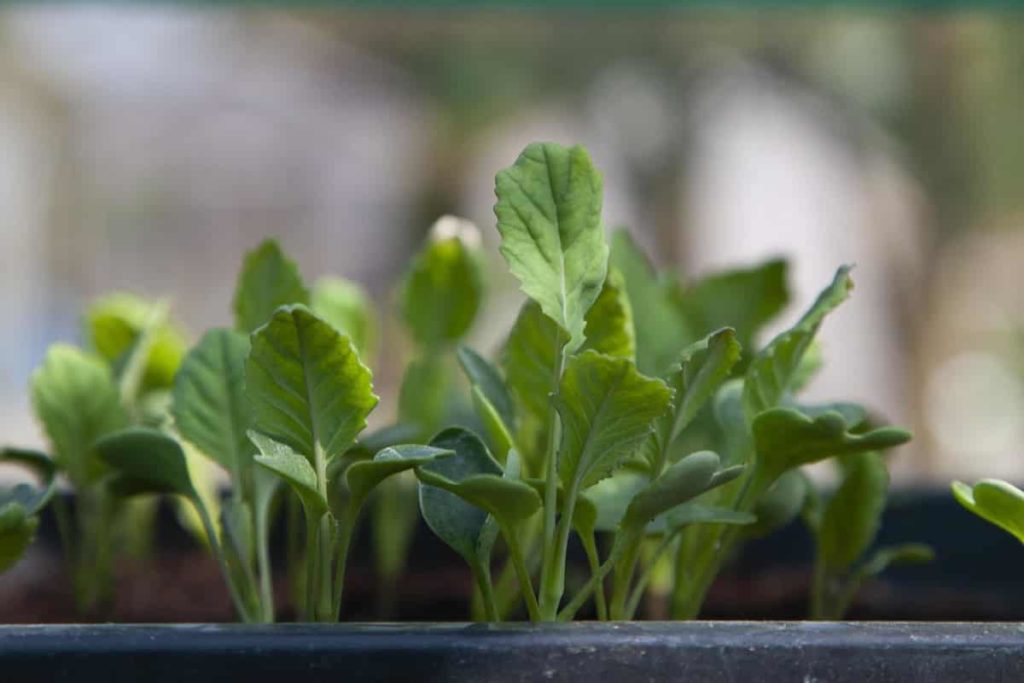
Benefits and uses of indoor grow light system for growing vegetables
- Grow your plants from seed to harvest without any sunlight.
- Start planting early in the spring before transplanting in the garden.
- Use special lighting systems for propagating and flowering.
- Finish outdoor plants that do not have enough light in the weather.
- Spread your plant and root cuttings.
- Grow plants throughout the year.
Growing vegetables under lights indoors
What is grow light?
A grow light is defined as an electric light that simulates natural sunlight. Vegetable plants need light for photosynthesis, converting light, oxygen, and water into energy that helps plants grow. To grow healthy plants and plants indoors, you will need some extra light. Provide the use of guru lights. Grow lights are used to create artificial light that closely replicates natural sunlight.
Benefits of using grow lights for seedlings
Plants need more light from the window for healthy and strong growth. When they are not given enough bright light, the vegetable will become weak and leggy. Growing light to start seeds is a great way to develop a healthy transplant for your vegetable garden. There are many benefits to starting your vegetable from seeds indoors under grow lights, including;
- It is less expensive to buy a garden transplant.
- Most local nurseries have a more extensive selection of seeds than standard plant varieties.
- You have complete control over the quality of the plants. When you grow your transplants, you know that they are well cared for and nurtured without the need for unnecessary chemicals.
- It provides gardening treatment when the ground is under snow in the winter months.
Which grow lights should you use for vegetables?
For a gardener starting with guru lights, the ideal choice should be LED, full-spectrum lights. Fluorescent lights are also an acceptable choice. However, fluorescent is economically and environmentally inferior to LED lights in the long run. LED lights require less energy yet last longer than fluorescent lighting. In addition, fluorescent lighting can easily break, resulting in a landfill intended.
As you grow and gain more experience, investing in a more professional lighting setup can benefit you. You can even buy lights with specific areas for your plant to grow. For example, metal halide bulbs are the best option during the vegetable plant stage, and these lights emit a lot of blue light. As we mentioned earlier, blue light is used by plants for root development and photosynthesis.
High-pressure sodium bulbs can be used throughout a plant’s life, but they are especially helpful during the fruiting and flowering stages of the plant. If you plan to grow vegetables completely indoors, they may be worth your time. High-pressure sodium bulbs emit significant red and orange light, stimulating vegetables.
In case you missed it: Rainy Season Vegetables in India
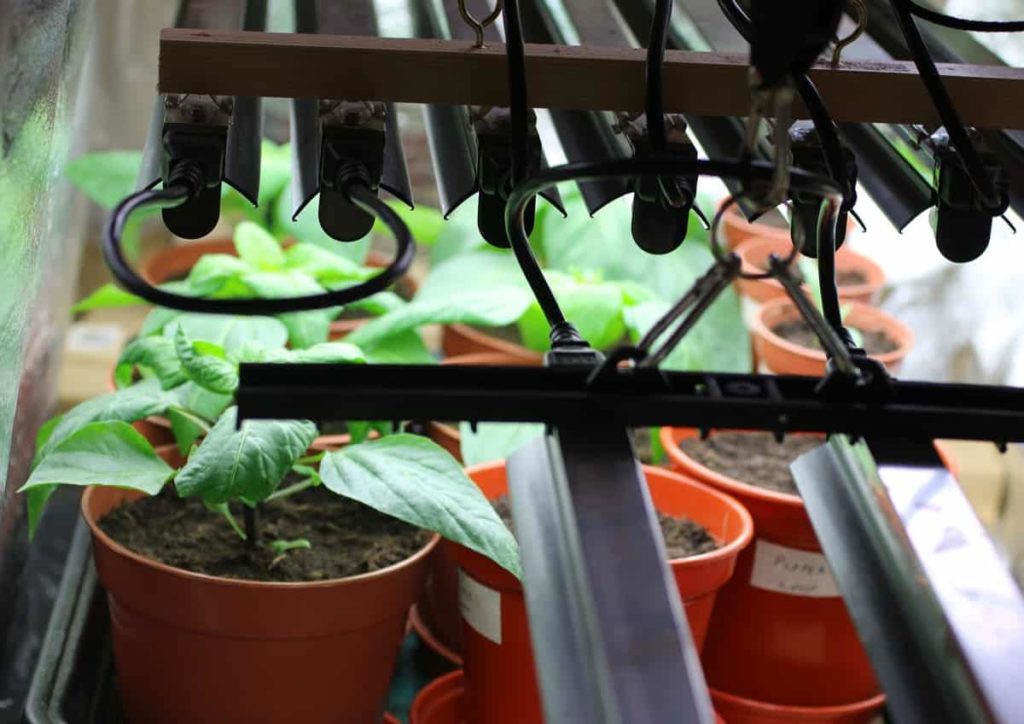
Vegetables growing indoors with grow lights
- Eggplant
- Spinach
- Onions
- Cucumber
- Cabbage
- Beet
- Lettuce
- Radish
- Kale
- Ginger
- Carrot
How much light do plants need?
Not all vegetable plants require the same amount of light requirements. For example, some ivy plants and ferns are ready to grow in the shady forest industry – these are low-light plants. On the other hand, plants like Tomatoes, Okra, etc., are designed to grow in high light conditions, so if you grow them indoors, you will often need extra light.
Although the amount of light does not vary significantly when using artificial light from sunlight, you should consider what plants you have or want. Roughly speaking, low light plants need 3-4 hours of sunlight daily, while high light plants need a lot – about 12-14 hours of sunlight.
Understand the lighting needs of your plants
Your initial lighting setup largely depends on two things – The plant variety you are growing and The LED grow light specifications. Consult your manufacturer for suggestions on hanging heights. As far as plant type is concerned, the first thing you want to know is your vegetables, long-day plants, or short-day plants.
It tells you how much light they need each day. Most vegetables are long-day plants, especially in the germination stage. Between the growth of powerful roots and the production of vegetables have a lot of work to do, and they need a lot of light to produce the kind of energy they need. Typically, these plants need between 14 and 20 hours of light each day. And plants need the most intensity of light.
Pick the right grow lights
Not all lights are the same. Plants respond to light of different colors. Generally, the groove lights sold in the market are red (yellow) or blue (white).
- Blue lights promote compact shrub growth.
- Red lights help plants to flower. Orange and red lights produce more heat.
In addition to their colors, there are many different types of grout lights. Most grow lights need to be hung from your ceiling or attached to your wall. Decide on the setup you want to create, which will make it easier to choose the lights.
Fx the light setup growing vegetables
Your vegetable plants need to be under or around the light of your growth. Include a timer in your setup, which ensures that you can come and go as you wish until your plants receive adequate amounts of light. Your lights need to be turned off to encourage the proper growth of your plant.
Lights must be on adjustable chains as you will need to raise your plants as you grow. The lights should be close to the ground in the beginning. As long as you are pruning, you need to move the light a few feet above the plants. Keep lights on 24 hours a day until the seeds germinate.
In case you missed it: Fast Growing Vegetables, Tips, Techniques
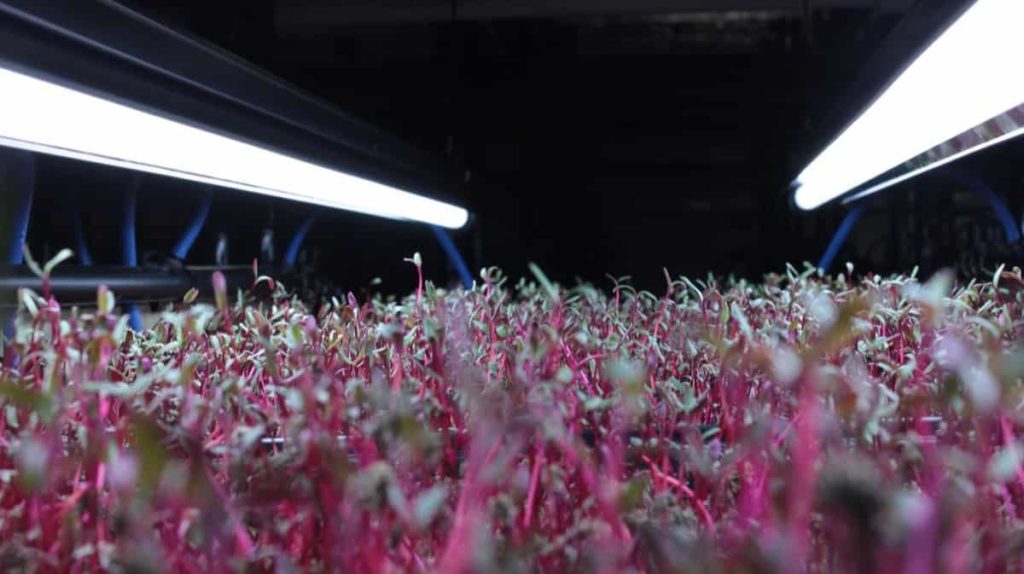
Choose your growing space carefully
Consistency is the key when it comes to lighting vegetable plants. Plants are like children: they are happiest when they wake up and go to bed simultaneously every day. So, setting your LED Grow Light on the timer is not enough. It would also help ensure that the area where your plants grow would be bathed in darkness at night.
In the nighttime, your vegetables metabolize all the energy they produce from photosynthesis during the day. Those dark hours are essential for plant growth and flowering, even for long-day plants. And just like humans, plants are biologically designed to wake up and take sleep signals from the absence or presence of sunlight. So an inconsistent “sleep” schedule disrupts their biological processes and threatens to stunt their development.
Grow vegetables indoors with LED grow lights
Before the widespread use of LED lights in gardening, indoor gardening usually required HID bulbs. Or, in particular, MH (metal halide) lights for vegetation and HPS (high-pressure sodium) lights for flowers. Now, the use of LEDs is on the rise for several reasons, most notably the fact that LED lights provide full-spectrum lighting. Unlike HID lights – you do not need to change your light source to ensure that your plants receive the proper light spectrum at the right time for the best results.
- High Efficiency
- Full Spectrum
- High Intensity with Low Heat Output
Grow light schedule for vegetables
It would help if you considered a light-growing schedule once you have chosen the best vegetables. You can leave the light on 24 hours a day in rare cases. However, most plants do not need that much light. Consider a good light schedule for your garden before using light growing with vegetables. Schedules are estimates, so you should consider your situation or talk to a specialist for specific advice.
Vegetables grow under artificial light
Growing vegetables with artificial lights allow farmers to defeat the seasons and grow food in different places. In addition, production targets and crop selection with the right light can enable farmers to prepare food using artificial light.
When setting production costs and targets, the cost of artificial lighting fixtures and continuous operation should be considered. This alternative is not well defined in the domestic vegetable production system. You can grow vegetables in artificial light. However, your success depends on what kind of vegetables you want to grow and how much light you can provide.
Types of artificial light
To grow and start plants indoors from seed, you will need a hang tube fixture on top of your plants. You can buy special grow light kits that mainly include fixtures and reflectors, but for regular houseplants, use any lamp or light fixture as long as you carefully select the bulb and place the lamp away. Place in a place where your plants can benefit the most.
In case you missed it: Best Vegetables That Grow In Containers
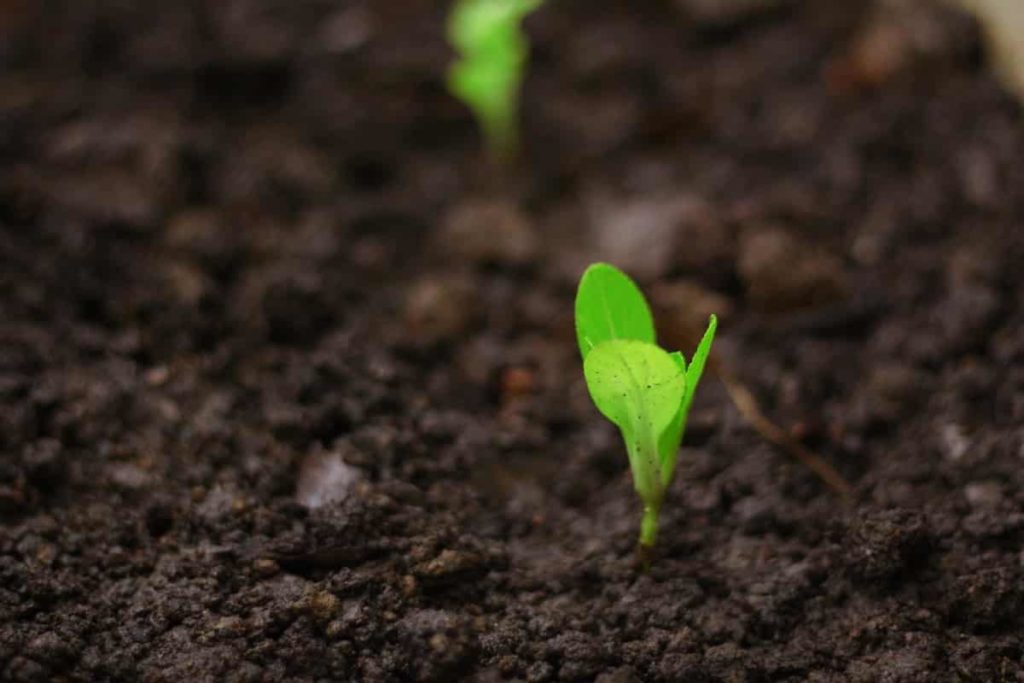
Artificial lighting – Fluorescent lights are the most economical and convenient choice for houseplants. Incandescent lights give off a lot of heat and must be kept away from plants. Also, halogen lights can provide full-spectrum light, but like incandescent lamps, they retain a lot of heat and save less energy than fluorescent. LED lights are also a low heat, energy-saving artificial light source. Because LED technology is so customizable, each bulb is different, making sure your bulbs produce the blues and reds needed for plants.
How to use lights for indoor plants?
Supplemental light is usually needed to start the seed indoors. Plants that do not receive enough natural or artificial light grow taller and more colorful with weaker stems. To grow strong seedlings, the light must be kept close to the tray, and when the plants grow tall, it must be extended. Indoor plants and mature plants need more hours of light than you expect.
Usually, it provides 14 to 18 hours of artificial light with a few hours of darkness each day. Lights can also help gardeners with outdoor container plants in winter rather than winter, which would otherwise not survive the cold temperatures. In addition, plants in the potting mix under the lights can dry out more quickly, so be sure to water containers in the winter under the lights but out of sight.
Frequently asked questions about growing vegetables under light (FAQ)
Are LED lights suitable for growing vegetables?
Vegetable plants do not need any special light to grow, so you can buy and use anything from incandescent or HPS to fluorescent or LED.
Do regular light bulbs help plant growth?
Yes, use a regular light bulb to help the vegetable plants grow. However, your best bet is to have a few LED lights designed for plants near your plants needing extra light. So the plant is not overheated or exposed to too much sun.
What is the change between LED grow lights and LED lights?
Standard LED lights only provide light, while LED grow lights have a wide blue and red light spectrum that promotes plant growth and flowering.
In case you missed it: Growing Heirloom Vegetables – Tips, Ideas, and Secrets
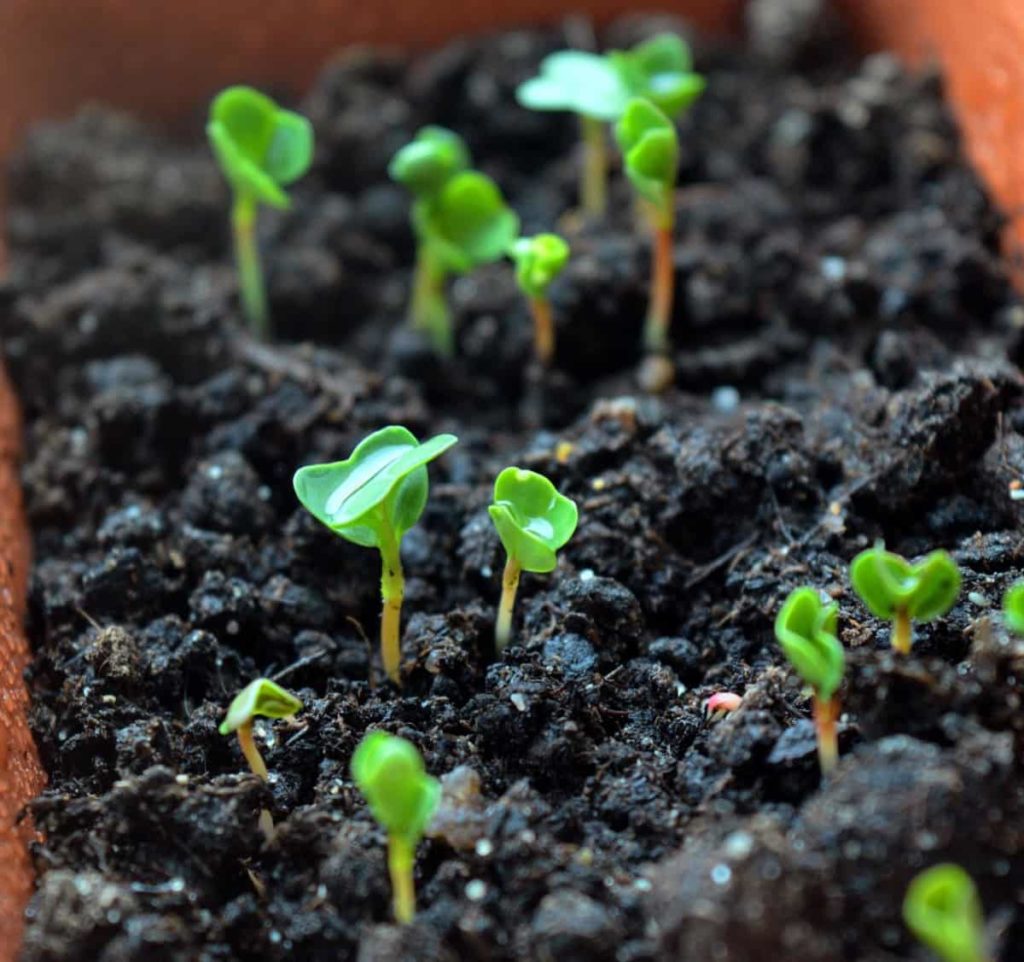
Can I use regular LED bulbs for growing vegetables?
Yes, it provides enough PAR light to your plants. LED lights are great because they save energy, emit a little heat and last for years. However, it is probably best to get gardening light for plants that need more light.
Can indoor plants survive artificial light?
Sunlight is the perfect balance of wavelengths required for plant growth and flowering, but you can use artificial light to help your vegetable plants. Low-light plants can grow quite well in offices without windows with a lot of artificial light.
- Economical Aquaculture: A Guide to Low-Budget Fish Farming
- 15 Common Planting Errors That Can Doom Your Fruit Trees
- How to Make Houseplants Bushy: Effective Tips and Ideas
- Innovative Strategies for Boosting Coconut Pollination and Yield
- Pollination Strategies for Maximum Pumpkin Yield
- The Complete Guide to Chicken Fattening: Strategies for Maximum Growth
- Natural Solutions for Tulip Problems: 100% Effective Remedies for Leaf and Bulb-Related Issues
- Revolutionizing Citrus Preservation: Towards a Healthier, Greener Future
- Natural Solutions for Peony Leaf and Flower Problems: 100% Effective Remedies
- Maximizing Profits with Avocado Contract Farming in India: A Comprehensive Guide
- Natural Solutions for Hydrangea Problems: 100% Effective Remedies for Leaf and Flowers
- The Ultimate Guide to Choosing the Perfect Foliage Friend: Bringing Life Indoors
- From Sunlight to Sustainability: 15 Ways to Use Solar Technology in Agriculture
- The Ultimate Guide to Dong Tao Chicken: Exploring from History to Raising
- The Eco-Friendly Makeover: How to Convert Your Unused Swimming Pool into a Fish Pond
- Mastering the Art of Delaware Chicken Farming: Essentials for Healthy Backyard Flocks
- 20 Best Homemade Fertilizers for Money Plant: DIY Recipes and Application Methods
- How to Craft a Comprehensive Free-Range Chicken Farming Business Plan
- Brighten Your Flock: Raising Easter Egger Chickens for Beauty and Bounty
- How to Optimize Your Poultry Egg Farm Business Plan with These Strategies
- Subsidy for Spirulina Cultivation: How Indian Government Schemes Encouraging Spirulina Farmers
- Ultimate Guide to Raising Dominique Chickens: Breeding, Feeding, Egg-Production, and Care
- Mastering the Art of Raising Jersey Giant Chickens: Care, Feeding, and More
- Ultimate Guide to Raising Legbar Chickens: Breeding, Farming Practices, Diet, Egg-Production
- How to Raise Welsummer Chickens: A Comprehensive Guide for Beginners
- How to Protect Indoor Plants in Winter: A Comprehensive Guide
- Ultimate Guide to Grow Bag Gardening: Tips, Tricks, and Planting Ideas for Urban Gardeners
- Guide to Lotus Cultivation: How to Propagate, Plant, Grow, Care, Cost, and Profit
- Agriculture Drone Subsidy Scheme: Government Kisan Subsidy, License, and How to Apply Online
- Ultimate Guide to Raising Araucana Chickens: Breed Profile, Farming Economics, Diet, and Care
- Bringing Hydroponics to Classroom: Importance, Benefits of Learning for School Students
- Ultimate Guide to Raising Polish Chickens: Breed Profile, Farming Economics, Diet, and Care
- Ultimate Guide to Raising Australorp Chickens: Profile, Farming Economics, Egg Production, Diet, and Care
- Silkie Chicken Farming: Raising Practices, Varieties, Egg Production, Diet, and Care
- Sussex Chicken Farming: Raising Practices, Varieties, Egg Production, Diet and Care
- Homemade Feed Formulations for Livestock: Discover Cost-effective Starter to Finisher Feed Recipes